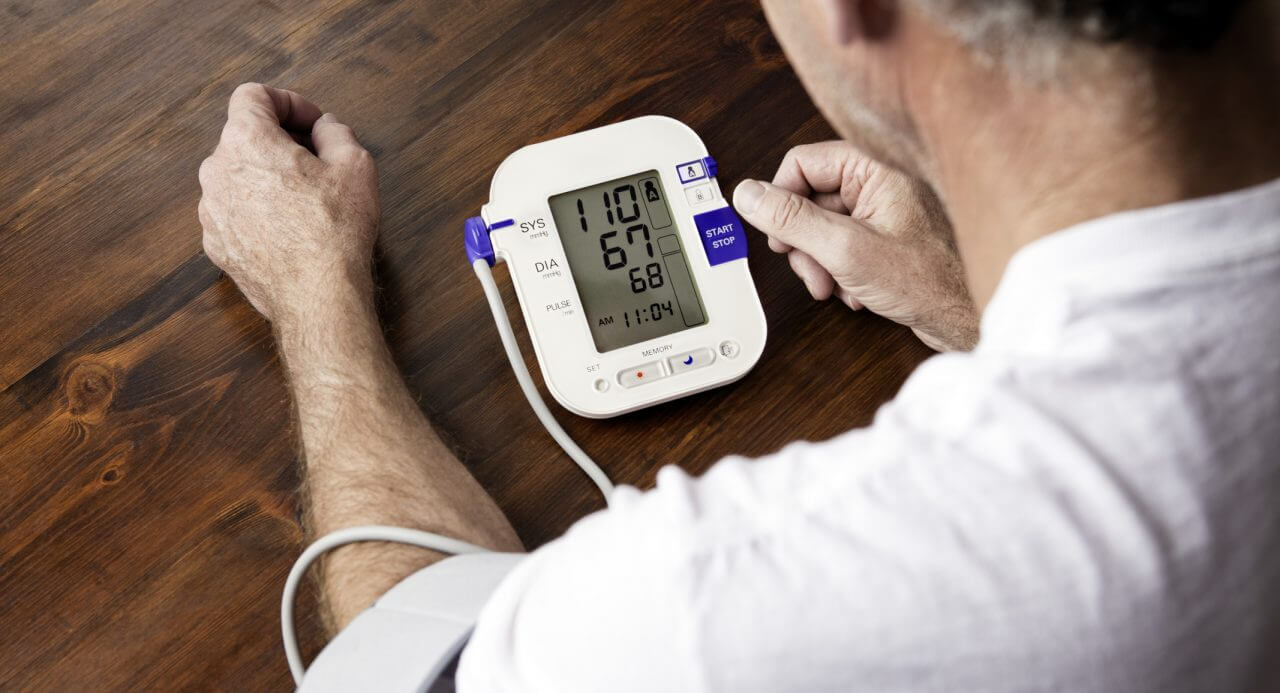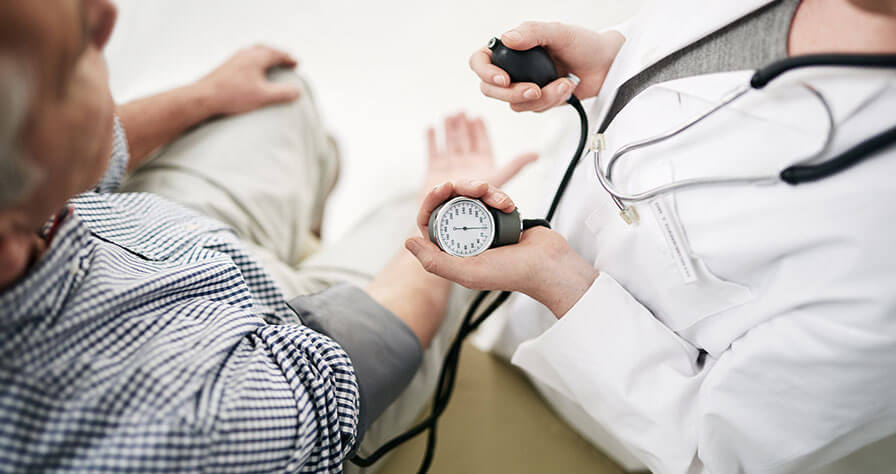Just One Thing: Know Your Blood Pressure Numbers

Knowing your blood pressure numbers is the first step to improving your heart health and protecting other vital organs, too.
Uncontrolled high blood pressure can lead to heart attack, stroke, heart failure, kidney disease, vision loss and other problems. High blood pressure, called hypertension, can cause damage in your body for years before symptoms develop. That’s why finding out your numbers is critical — even if you feel fine.
If your numbers are elevated, you and your doctor can make a plan to lower them with lifestyle changes or medication, heading off problems later on.
Understanding Blood Pressure Numbers
A blood pressure reading consists of a top number and a bottom number. The top number is your systolic blood pressure; that’s how much pressure your blood is putting on your artery walls during heartbeats. The bottom number, diastolic blood pressure, tells you how much pressure your blood is putting on your artery walls when the heart is at rest, between beats.
| Category | Systolic reading | Diastolic reading | |
| Normal blood pressure | Less than 120 | and | Less than 80 |
| Elevated blood pressure | 120-129 | and | Less than 80 |
| Hypertension stage 1 | 130-139 | or | 80-89 |
| Hypertension stage 2 | 140 or higher | or | 90 or higher |
| Hypertensive crisis | Higher than 180 | or | Higher than 120 |
New guidelines for what constitutes high blood pressure lowered the threshold from 140/90 to 130/80, resulting in nearly half the adults in the U.S. now having the condition.
If you’re one of them, don’t panic; high blood pressure can be lowered. Knowing you have it before it damages your body is a major benefit. Talk to your doctor to learn more.
Learn about your heart disease risk with a free, easy-to-take online assessment.


